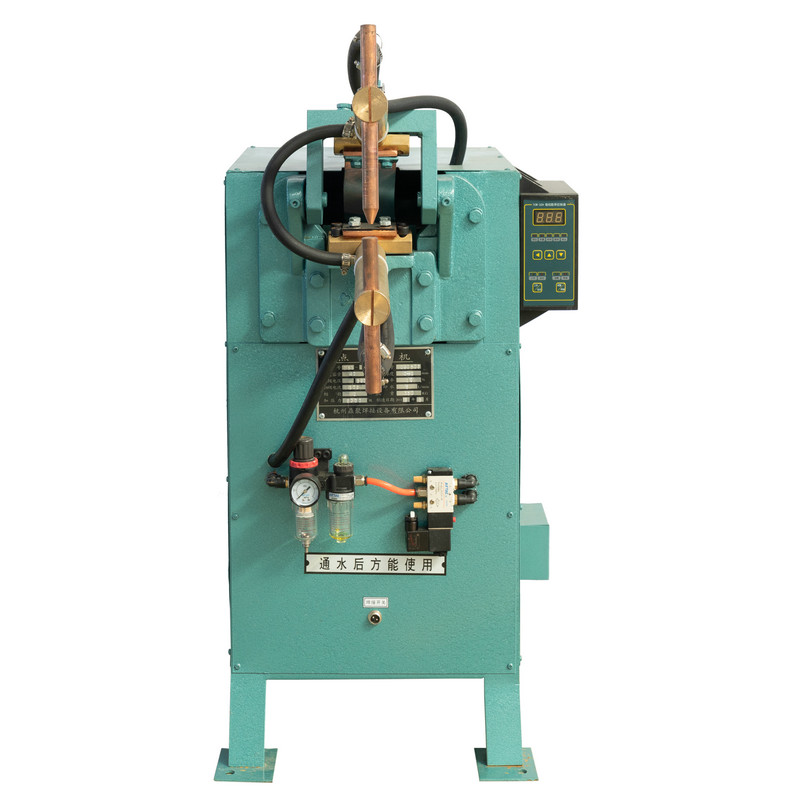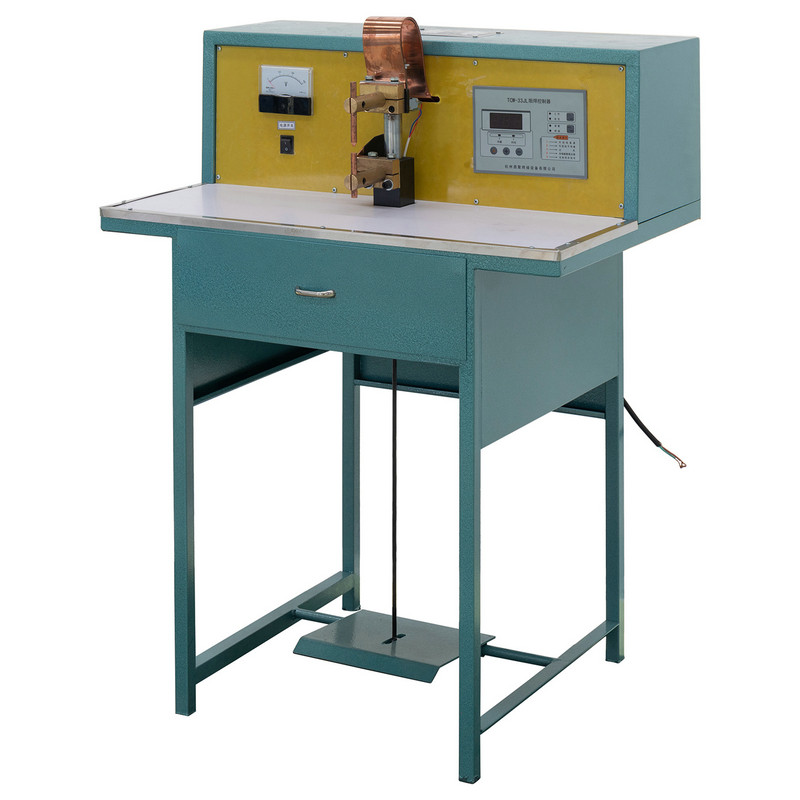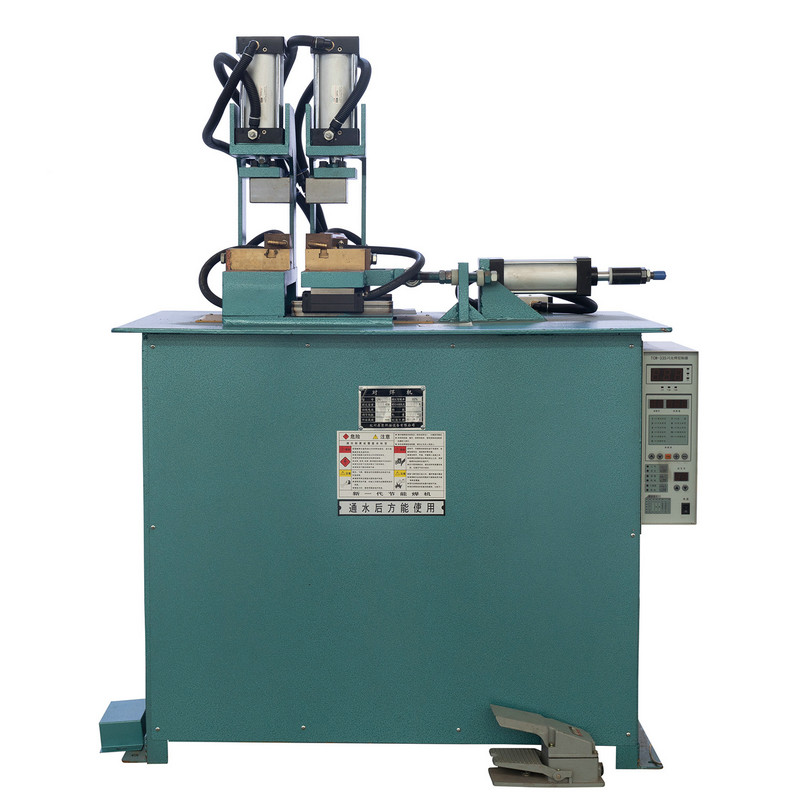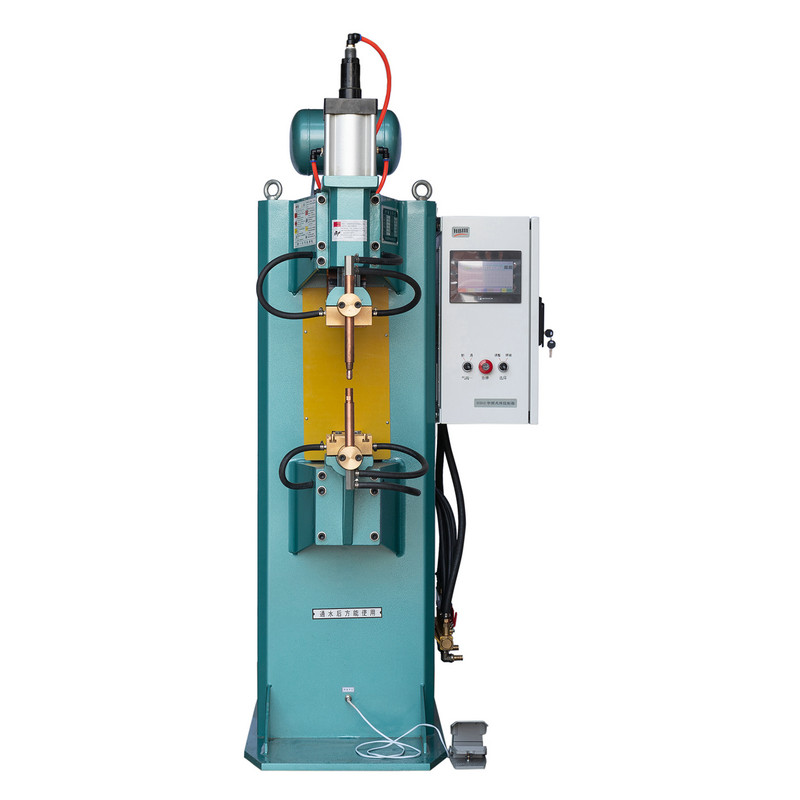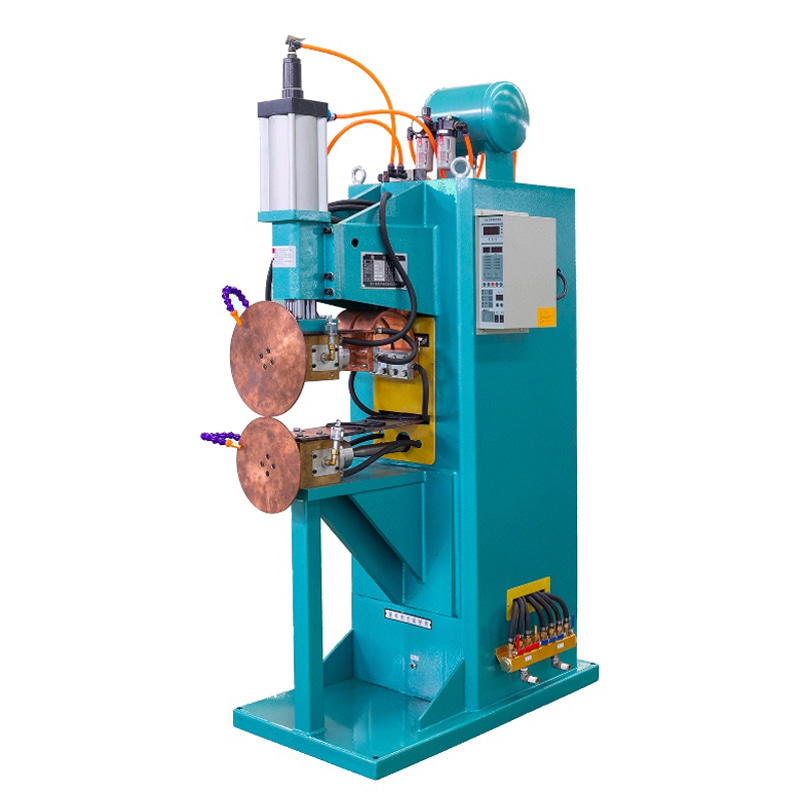1. High requirements for strength in industrial welding and limitations of traditional single-sided welding
With the rapid development of industry, various industries have increasingly stringent requirements for welding quality. In the field of construction, the safety and stability of buildings are highly dependent on the welding quality of steel structures. For example, when building large buildings such as high-rise office buildings and bridges, the steel beam nodes of steel structures need to withstand huge pressure and tension. These nodes not only have to support the weight of the building itself, but also have to withstand external forces generated by natural disasters such as wind and earthquakes. According to statistics, in some building collapse accidents caused by natural disasters, about 30% - 40% are caused by the failure of welding nodes. Traditional single-sided welding technology has exposed obvious deficiencies in dealing with such high-strength requirements. Single-sided welding can often only form welds on one side of the workpiece, and the tensile strength and shear strength of the welds are relatively low. Under the action of complex external forces for a long time, the welds are prone to loosening or even breaking, which seriously threatens the safety of the building.
In the automobile manufacturing industry, the car body is welded from a large number of metal structural parts, and it needs to have sufficient strength to ensure the safety of drivers and passengers. During the driving process, the car body must withstand the bumps from the road, the inertial force during acceleration and deceleration, and the impact force during collision. If the welding strength is insufficient, the car body may be severely deformed when it is hit, and it cannot effectively absorb and disperse energy, causing harm to the people in the car. Relevant studies have shown that the car body using single-sided welding technology has relatively weak deformation resistance in collision tests, and the risk of injury to the people in the car is high.
In the field of mechanical manufacturing, the parts of various mechanical equipment need to withstand high-load operation and frequent stress changes. For example, key components such as the boom of a large crane and the joints of an industrial robot have extremely high requirements for welding strength. Due to the limited strength of the weld point, single-sided welding is difficult to meet the reliability requirements of these components under long-term high-intensity work, which is easy to cause equipment failure, affect production efficiency, and may even cause serious safety accidents.
2. The principle of improving strength by double-sided double-point overcurrent welding of DN pedal spot welding machine
The double-sided double-point overcurrent welding technology of DN pedal spot welding machine greatly enhances the firmness of the weld through a unique working method. During the welding process, when the equipment is started, the two electrodes are precisely pressed on the workpiece to be welded, so that the two layers of metal fit closely under the pressure of the electrodes to form a certain contact resistance. At this time, a strong welding current starts from one electrode and quickly flows through the contact resistance point of the workpiece. The electrical energy is instantly converted into thermal energy, so that the metal at the contact resistance point quickly heats up to the melting point, forming an instant thermal weld. At the same time, the welding current quickly flows back from the other electrode along the two workpieces to the starting electrode to form a complete current loop. Compared with single-sided welding, this method of forming welds on both sides of the workpiece at the same time is like adding a solid "defense line" to the weld.
From the perspective of mechanical principles, the welds formed by single-sided welding are relatively simple when subjected to tension and shear force, and it is easy to produce stress concentration at the junction of the weld and the workpiece. The two welds formed by double-sided double-point overcurrent welding can evenly distribute the external force to the two welds, effectively reducing the stress concentration of a single weld. When welding steel beam nodes, the single-sided welded weld is subjected to tension, and its stress is similar to that of a cantilever beam, which is easy to produce a large bending moment at the root, causing the weld to break. After double-sided double-point overcurrent welding, the two welds bear tension together, and the stress is similar to that of a beam fixed at both ends, which can withstand greater tension without damage. This uniform force distribution greatly improves the tensile strength and shear strength of the weld, thereby significantly enhancing the reliability of the welded parts.
III. Reliable application cases of double-sided double-point overcurrent welding in various industries
1. Building steel structure field: a solid support for building safety
In the welding of building steel structures, the double-sided double-point overcurrent welding technology of the DN pedal spot welding machine plays a key role. Taking the construction of a large sports stadium as an example, the steel structure of the stadium has a large span and a high load-bearing weight, and the welding strength requirements of the steel beam nodes are extremely strict. At the beginning of the project construction, we tried to use traditional single-sided welding technology to weld some nodes, but in the subsequent quality inspection, we found that the tensile strength and shear strength of some welds could not meet the design requirements, and there were serious safety hazards. After evaluation, the project team decided to use double-sided double-point overcurrent welding technology for comprehensive welding. After the welding was completed, through professional mechanical properties testing, the tensile strength of the welds increased by 50%-70%, and the shear strength increased by 40%-60%, which fully met the strict requirements of the building structure for welding strength. The stadium has been built and put into use for many years. After experiencing many large-scale events and severe weather tests, the steel structure has always remained stable, and no welding node failure has occurred, which fully proves the reliability of double-sided double-point overcurrent welding technology in the field of building steel structure.
2. Automobile manufacturing industry: reliable guarantee for driving safety
In the automobile manufacturing industry, the double-sided double-point overcurrent welding technology of DN foot spot welding machine provides strong support for improving the safety performance of automobile bodies. A certain automobile manufacturing company adopted this technology in the body welding of its new models. After the body welding was completed, a rigorous collision simulation test was carried out. The test results show that the body with double-sided double-point overcurrent welding technology has a 30% - 40% reduction in deformation in the frontal collision test compared with the body with single-sided welding technology, and the injury index of the dummy in the car is significantly reduced. In the side collision test, the body's anti-extrusion ability is significantly enhanced, the door can maintain good integrity, and effectively protect the living space of the passengers in the car. Through actual road tests and market feedback, this model has won the trust of consumers after it was launched on the market due to its reliable body welding quality and no safety accidents caused by welding problems, and its market sales continue to grow.
IV. Technological development trend and continuous improvement of reliability
With the continuous advancement of science and technology, the double-sided double-point overcurrent welding technology of DN foot spot welding machine is also constantly developing and improving to further improve its reliability. In terms of control technology, more advanced intelligent control systems will be introduced in the future. Through sensors installed on welding equipment, parameters such as current, voltage, and temperature during welding can be monitored in real time, and these data can be transmitted to the intelligent control system. The intelligent control system uses advanced algorithms to analyze and process data, and automatically adjusts welding parameters such as welding current, welding time, electrode pressure, etc. according to the material, thickness, shape and other information of the welding workpiece, ensuring the best welding effect under different welding conditions, thereby further improving welding strength and reliability.
In terms of material research and development, new welding materials will be continuously explored and applied to improve the performance of welding points. For example, the development of welding alloy materials with higher strength and toughness can improve the fatigue resistance of welding points while ensuring welding strength, and extend the service life of welding parts. At the same time, by improving the electrode material and structure, the conductivity and wear resistance of the electrode are improved, ensuring that during long-term and frequent use, the electrode can stably provide reliable current and pressure for the welding process, and ensure the consistency of welding quality.
In terms of equipment manufacturing technology, more sophisticated processing technology and strict quality control standards will be adopted. Through high-precision processing technology, the dimensional accuracy and surface flatness of the electrode are ensured, so that the electrode can act evenly on the workpiece during the pressurization process, avoiding welding defects caused by poor electrode contact. During the equipment assembly process, we strictly follow the quality control standards and conduct strict inspections on each key component to ensure the overall performance of the equipment is stable and reliable.




